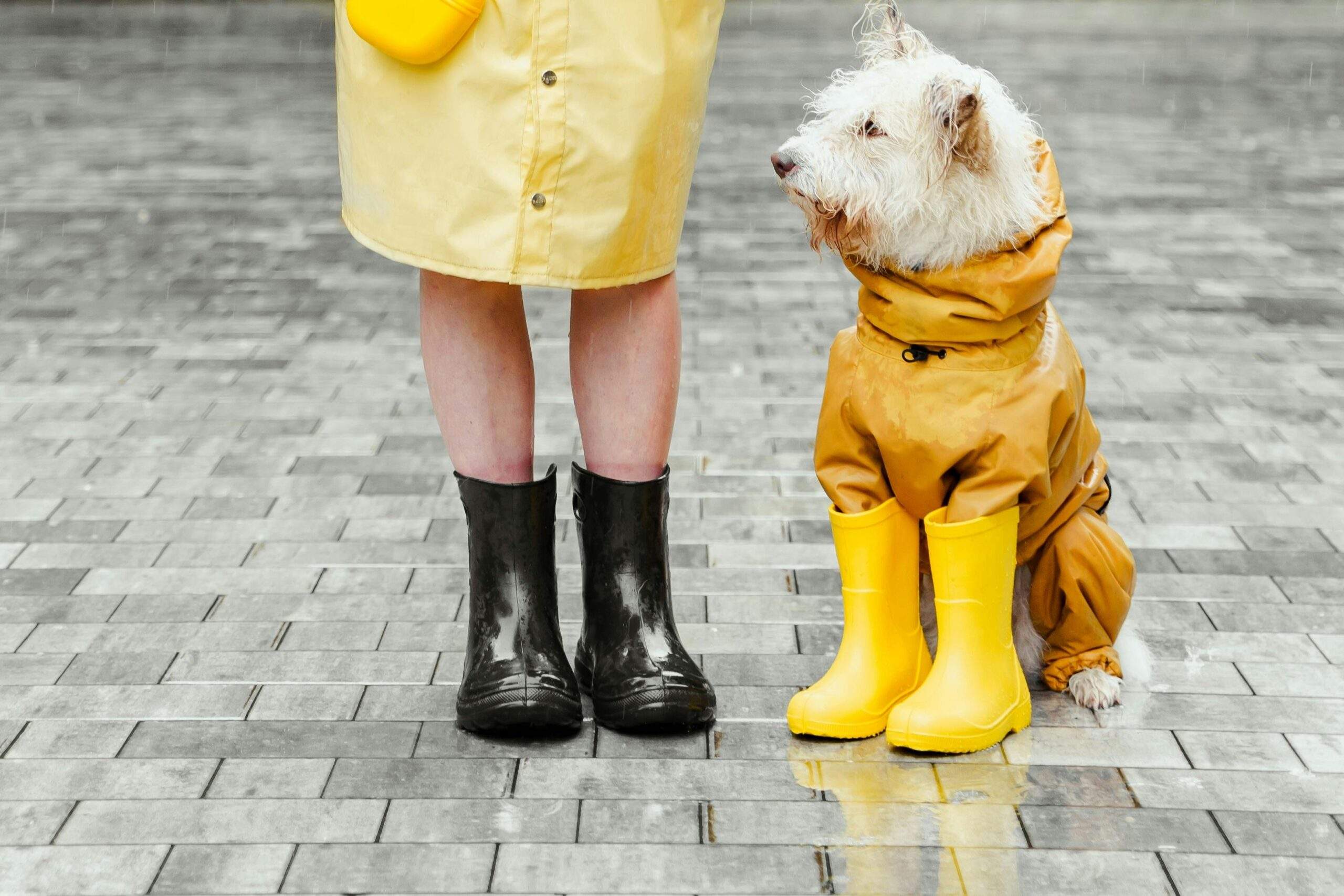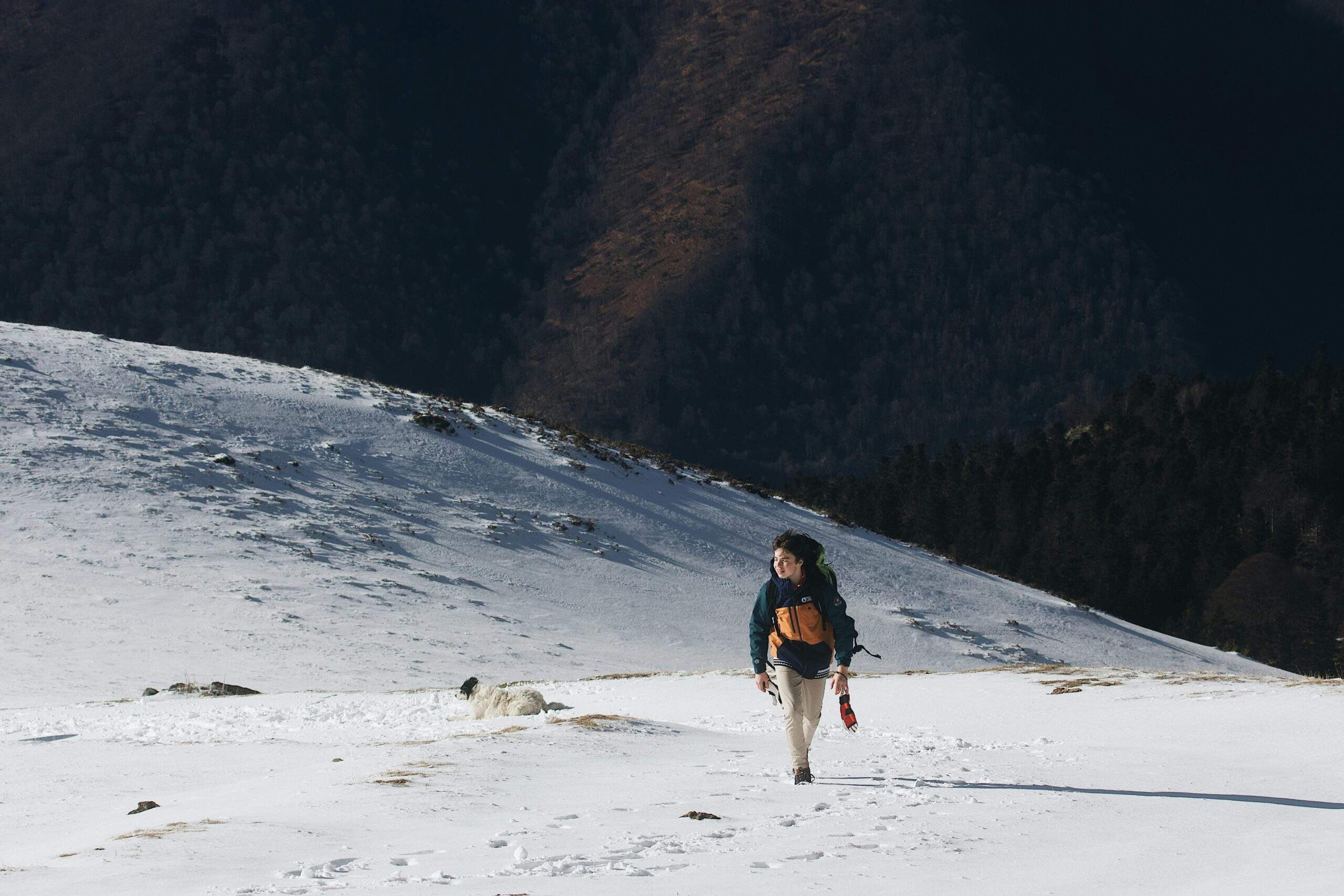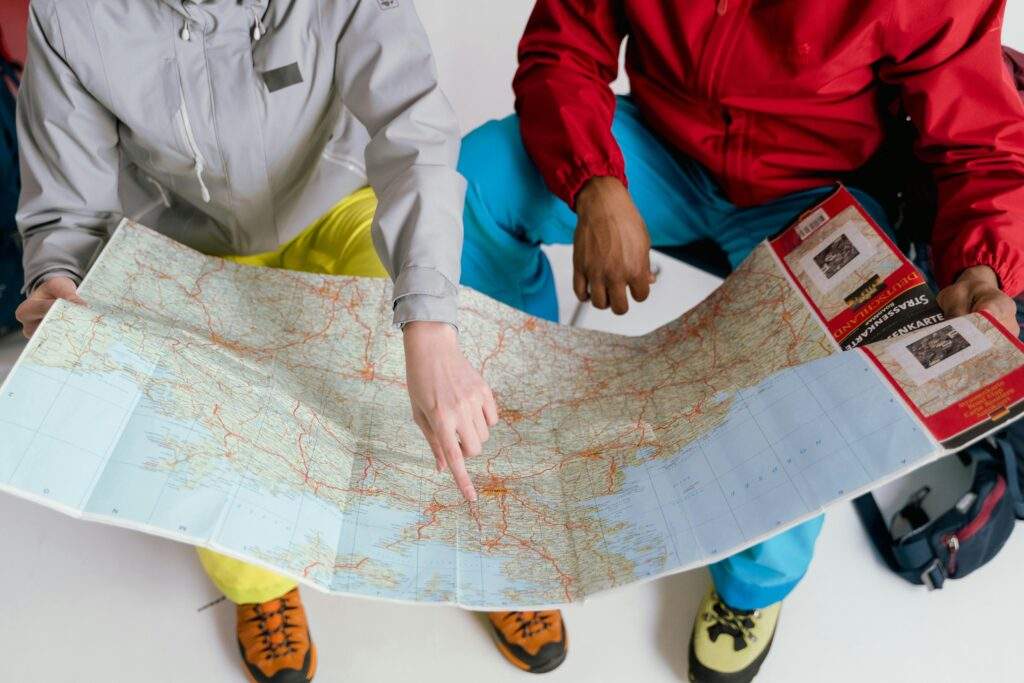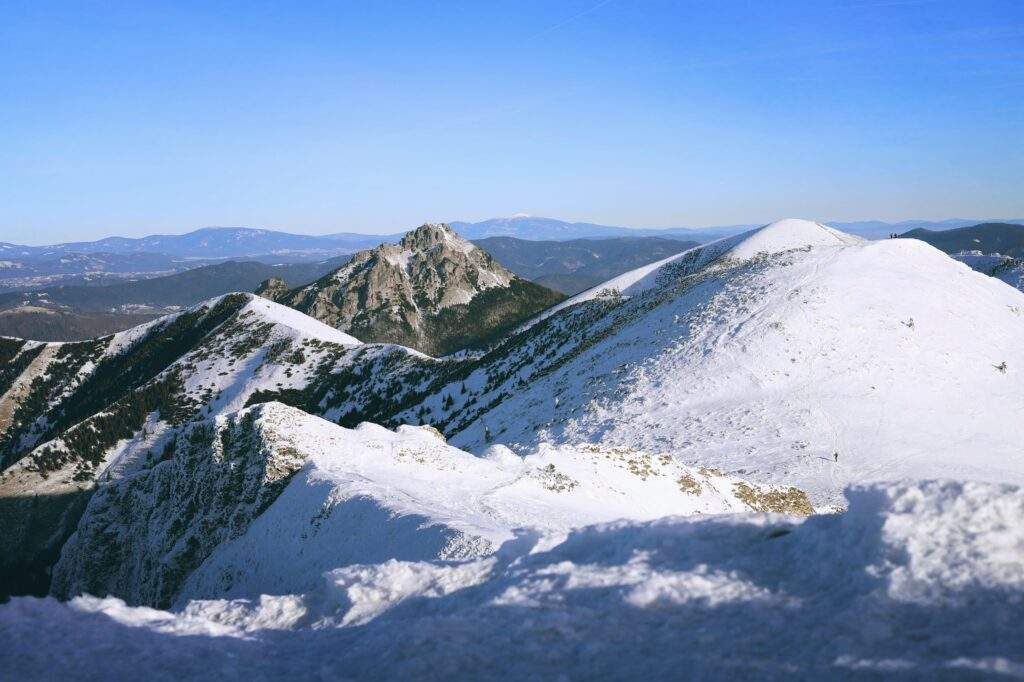Ever stared at a snowshoe trail map and thought, “Wait—am I reading this upside down?” Snow-covered trails are stunning but confusing without the right tools. Whether you’re a tourist looking for snowy thrills or an activity enthusiast eager to explore, understanding Snowshoe Trail Maps is vital to unlocking winter’s hidden gems.
In this post, we’ll tackle everything from decoding maps like a pro to picking trails that suit your skill level. You’ll also learn top tips, gear hacks, and navigate real-world success stories. Ready? Grab those hot cocoa vibes, and let’s dive in!
Table of Contents:
Key Takeaways:
- Properly read snowshoe trail maps with contour lines and markers.
- Pick trails based on difficulty levels, elevation gain, and scenic value.
- Always carry a physical map as backup—even if digital tech fails.
- Pack essential snowshoeing gear to ensure safety on challenging terrains.
Why Snowshoe Trail Maps Matter
Snowshoeing isn’t just walking through fluffy white blankets—it’s navigating unmarked wildernesses where every wrong turn could lead to frostbitten toes or worse. As much as GPS apps have saved us from awkward U-turns, they’re not foolproof when it comes to signal loss in dense forests or alpine zones.
“Once,” admits Sarah, a seasoned hiker turned accidental snowshoer, “I followed my phone into what looked like a gentle slope. Two hours later, I was buried knee-deep in powder trying to climb back up.” Moral? Trust paper before pixels.
How to Read Snowshoe Trail Maps Like a Pro

Here’s a breakdown so you don’t end up lost (or meme-worthy):
- Contour Lines: Tight clusters mean steep slopes; spread-out ones indicate gentle grades.
- Markers: Look for colored symbols indicating rest stops, viewpoints, or hazards.
- Distances: Know whether each segment measures in miles or kilometers—it matters!
Optimist You: *“That hill doesn’t look too bad.”*
Grumpy You: *“Yeah, sure, until its 45-degree face laughs at you halfway through.”*
Choosing the Right Trail for Your Adventure
Not all trails are created equal. For beginners, stick to well-marked loops under five miles. Intermediate adventurers can embrace moderate elevations, while pros tackle rugged backcountry routes.
Rant Alert: Stop calling flat fields “challenging” just because there’s some light breeze involved. It’s false advertising—and frankly insulting.
Pro Tips and Best Practices

Terrain Prep Hacks
- Avoid tight corners by using trekking poles for stability.
- Bring microspikes for icy patches—it’s chef’s kiss for grip.
Note: THIS IS NOT GOOD ADVICE: Leave early afternoon hikes during storms—you’d rather be cozy indoors than stuck battling Mother Nature.
Real-Life Examples & Success Stories

Take Mark, who explored Colorado’s Maroon Bells via detailed trail maps available online. “It felt magical,” he says. “I knew exactly where to stop for lunch with killer views!”
FAQs About Snowshoe Trail Maps
Q: Do I really need multiple maps?
A: Yes! Digital + physical backups = survival insurance.
Q: What should I avoid doing out there?
A: Don’t trust shortcuts shown on uncertified maps—stick to official routes.
Conclusion
Navigating snowshoe trails requires more than guts—it demands preparedness, knowledge, and reliable resources like quality maps. From avoiding sketchy shortcuts to mastering contour lines, we hope this guide sets you up for countless adventures ahead.
And remember: Like dial-up internet speeds in ‘99, patience pays off.
*Mic drop moment:* Twas winter wonderland, now conquer with care.


